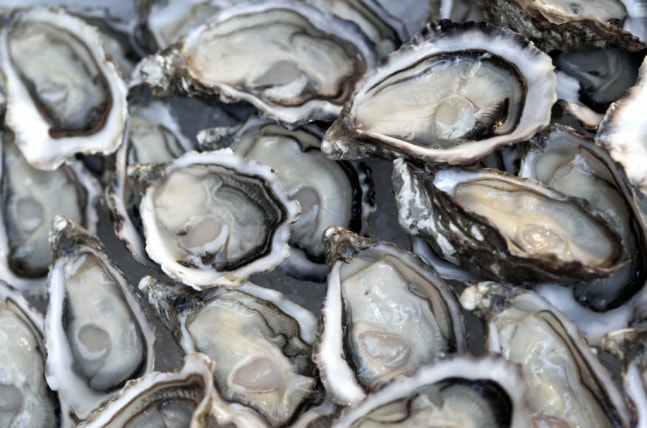
Death caused by inflammation from eating oysters?... The first detection of 'glass particles'
2024.07.10 14:45
memeriksa saran membatalkan
Marine pollution... is really at a serious level...
Really... I feel like the whole world has to make an effort to combat environmental pollution...
Even I try my best to separate recyclables properly and avoid using disposable items, but...
It's hard to reduce or stop using wet tissues... ㅠ_ㅠ
Oh...
Now... consuming seafood might pose a greater threat to healthㅠ_ㅠ
------------------------------------------------------

According to the New York Post on the 9th (local time), Corina Chiochan, the senior lecturer in marine biology at the University of Brighton in the UK, published a research result in the Journal of Hazardous Materials on the 5th, revealing that high levels of glass fibers were detected for the first time in oysters and mussels.
This is the first time that a large amount of pollutants has been found among filter-feeding species. Among marine animals, those that suck in water and filter out plankton or organic matter floating inside are called filter-feeding species.
A joint research team from Brighton University and Portsmouth University collected edible marine biological samples at the Chichester Harbour on the southern coast of England for their study.
As a result, 11,220 glass particles were found per kilogram of oysters, and 2,740 particles per kilogram were found in mussels. Shellfish such as oysters and mussels mistakenly ingested large amounts of fiberglass fibers as food.
Additionally, more pollutants were found in oysters and mussels during the winter season. As a result, the research team pointed out that more boats and equipment are being discarded into the sea during winter.
Chiochan said, "This study shows how concerning the level of marine life contamination with fiberglass-reinforced plastics is."
Fiberglass is a material made by drawing glass into thin fibers. In particular, fiber-reinforced plastics made with fiberglass are lightweight yet strong, so they are used in everyday items such as fishing rods and umbrellas, as well as in aircraft, missiles, and vehicles.
However, fiberglass can irritate the skin, eyes, and upper respiratory tract (the airway from the nose to the larynx). In severe cases, it can cause lung diseases and increase the risk of cancer.
Similarly, animals that ingest glass fibers may experience decreased digestive ability, increased inflammation, and potential effects on reproductive functions.
Chiochan warned that "glass fiber particles can act like fragments when they enter the body, which can have a very significant impact," and added, "if they enter soft tissue, fibers cannot be expelled, leading to inflammation and other complications, which can even result in death."
0
0
komentar 1